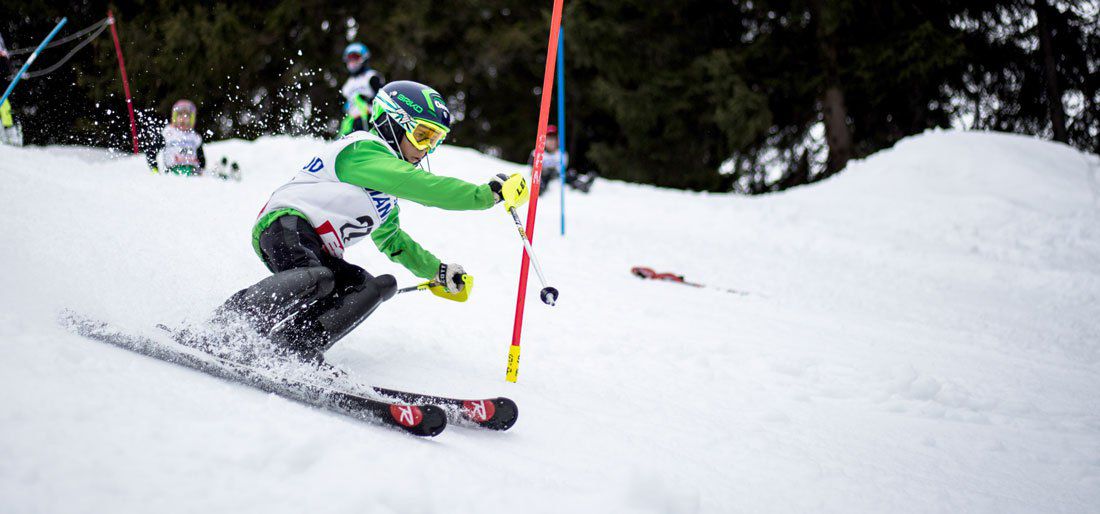
How To Select Junior Ski Racing Gear
Equip your kid to push through the wand comfortably and confidently.
--
Is your little racer ready to go against the clock and other skiers, bashing gates and charging hard? Yep, we’ve had that rush ourselves, and have enjoyed the great camaraderie of being part of a fun race team, so we love stoking out the next generation on it, too. Having the right equipment plays a significant part in your child’s enjoyment and potential success as a junior racer. That being said, you don’t need to take out a second mortgage to buy a quiver of skis and a gondola full of other gear. Use this guide as a starting point for slalom (SL) and giant slalom (GS) equipment.

SKIS
Before buying skis, check with your coach for buying advice specific to your child’s age and ability as well as racing regulations. Both FIS and USSA have very specific equipment requirements for each age group. The rules often change from one season to the next, so make sure you’re shopping according to the most current regulations. If your child is participating in a recreational league or a competitive racing club other than FIS/USSA, you have more freedom when it comes to ski selection. If you and your family are new to racing, don’t get sucked into too many pairs of skis too young. Generally speaking, kids 11 and younger can use a single pair of skis for slalom and giant slalom (typically called a “combi” or “multi-event” ski), as long as they are waxed and tuned properly. Over the age of 12, its ideal to have one pair for each discipline. SL skis should fall between the athlete’s nose bridge and forehead and have more of an hourglass shape (a deep sidecut for tighter-radius turns), while GS skis should be about four inches longer and have less of a sidecut. If you can only afford to purchase one pair, SL skis are usually the way to go. Or, you may want to consider a hybrid “cheater” ski. These skis typically have more flex, a turn radius similar to SL skis, and a length closer to GS skis. Regardless of what type of ski your little grom uses, it’s important to take good care of the investment. Teach your child to towel dry the skis at the end of each day. Most kids can also handle brushing and waxing their own skis, with a little instruction. As they get older and more serious about their racing, this will become more critical and their precision skills as a tuner will need to improve, too.

HELMETS
Ski helmets are designed to prevent head injuries by absorbing the impact of both direct hits and angled impacts. Look for lids with MIPS protection or other technologies that offer additional rotational impact protection. Slalom racing helmets are usually required to have chin guards attached to protect the teeth and face from gates (we’ve seen widely-split chin scars from those who raced slalom without a chin guard and took a gate to the face). However, GS helmets should never have a chin guard or full-face design because, in the event of a higher-speed fall, the guard can catch on the snow and really tweak the racer’s neck badly. That’s a catastrophic risk that no coach allows. FIS-approved helmets that cover the ears are typically required for GS, but soft-eared helmets are usually allowed in slalom. Keep in mind that once the helmet has taken a hit, it’s not as effective. Don’t buy a used helmet at a ski swap, etc. Kids tend to throw helmets in the back of the car after a day on the slopes and drop them on the floor once they get home. It can be difficult, if not impossible, to determine if a used helmet has sustained damage because the fractures aren’t always visible. Your kid’s brain bucket should fit snugly without a gap between the top of the goggles and the shell (known as “gaper gap”). Sometimes teens can wear adult helmets, but those under 12 usually need a youth size. This is not the time to purchase something with “room to grow.” Find the right fit by wrapping a soft tape measure with centimeter markings around the head above the eyebrows. That measurement should fall within the range of the manufacturer size chart. Models with micro adjusters on the back enable youngsters to easily dial in the perfect fit.

CLOTHING
Kids love wearing speed suits. Getting that first one is a right of passage for junior racers. While the body-hugging spandex is more aerodynamic than pants and a puffy jacket, it’s definitely not as warm. Your child still needs to wear quality baselayers made from performance fabric that wicks moisture away from the skin and increases warmth; styles with stealthy padding are a plus and are allowed in all disciplines for the younger ages (teens need to wear speed-specific suits in Super G and Downhill). Many racers choose to wear insulated training shorts over their suits to keep those quads loose and limber as they await their turn at the top of the course. Others wear pants with long side zippers so they can quickly pull them off without having to take off their boots. An easy on/off ski coat is also a must. Bonus points if it has a dedicated media pocket so your kid can listen to a pumped-up playlist in the starting house.

PROTECTIVE GEAR
Mouth guards, shin guards and arm guards … oh, my! Once your little alpine athlete is training in SL gates, all sorts of protection is needed. Boil-and-bite mouthpieces aren’t required, but some racers use them to cushion blows to the face from gates, minimizing the risk of lip injuries or broken teeth. They also reduce the effects of a concussion, should the racer fall. But don’t make breathing too difficult by getting them a big boxing-style mouth guard. For shin guards, junior sizes typically fit skiers up to 5’5” tall and are made from hard plastic to protect the shin and knee bones from high-speed gate hits in slalom (shin guards are not allowed in other race events). Look for styles with velcro straps to hold them in place over their race suit. Race gloves are another essential safety accessory. The knuckles and wrists should have extra padding and reinforcements to prevent bruises or broken bones as the racer bashes through gates. Most racers prefer heavily armored mittens over gloves, since the rest of their body is only insulated by a thin speed suit, toasty-warm hands are a luxury that are almost always worth the slight loss of dexterity that comes from using mittens instead of gloves. Back protectors and forearm guards are usually not required, but are recommended. Forearm guards are used mostly for GS.
POLES
A single pair of sturdy, straight poles is usually all an entry-age racer needs. But many kids want a pair of those cool, curvy GS poles so they can feel aerodynamic when tucking. Shop for styles made from aluminum or carbon for the best strength-to-weight ratio possible. Around the age of 12, slalom guards should be added to the poles to protect hands while cross blocking. Many racers at this level have two pairs of poles: one with guards and one without. Slalom poles should be straight, and sized just like all-mountain poles.

BOOTS
Junior race ski boots need to have the best possible fit to optimize performance. If at all possible, we recommend going to a legit racing bootfitter, who can also build a custom footbed for them too. Many bootfitters have a grow-with-me program, where your tike can turn in their boots whenever they need to go up in size, and you get a sizable credit towards the next one they need. There is some overlap in the adult and junior sizes, but junior styles are narrower and have a shorter cuff to give younger, shorter racers more control over their skis and a better range of motion. Boots should have a flex rating between 60-90 so your racer can get his or her skis on edge. Don’t be tempted to get something a bit too stiff, because then they sit in the backseat unable to flex it out the way they need to when trying to carve. If getting to the front of their skis is difficult, you may also want to consider a heel lift.
Find the balance between price and performance when shopping for ski equipment, and the fun falls into place. Racing is a great way for children to develop as athletes, make lasting friendships, learn to ski over the entire mountain with the right technique and enjoy their time on the slopes MUCH more. Get ready to cheer and make some noise at the finish line.
More cowbell!!


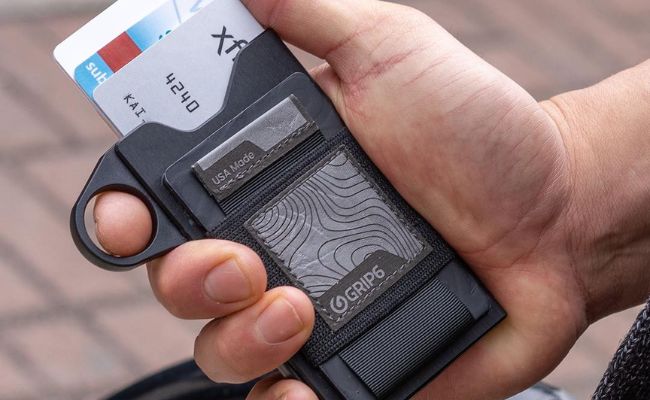
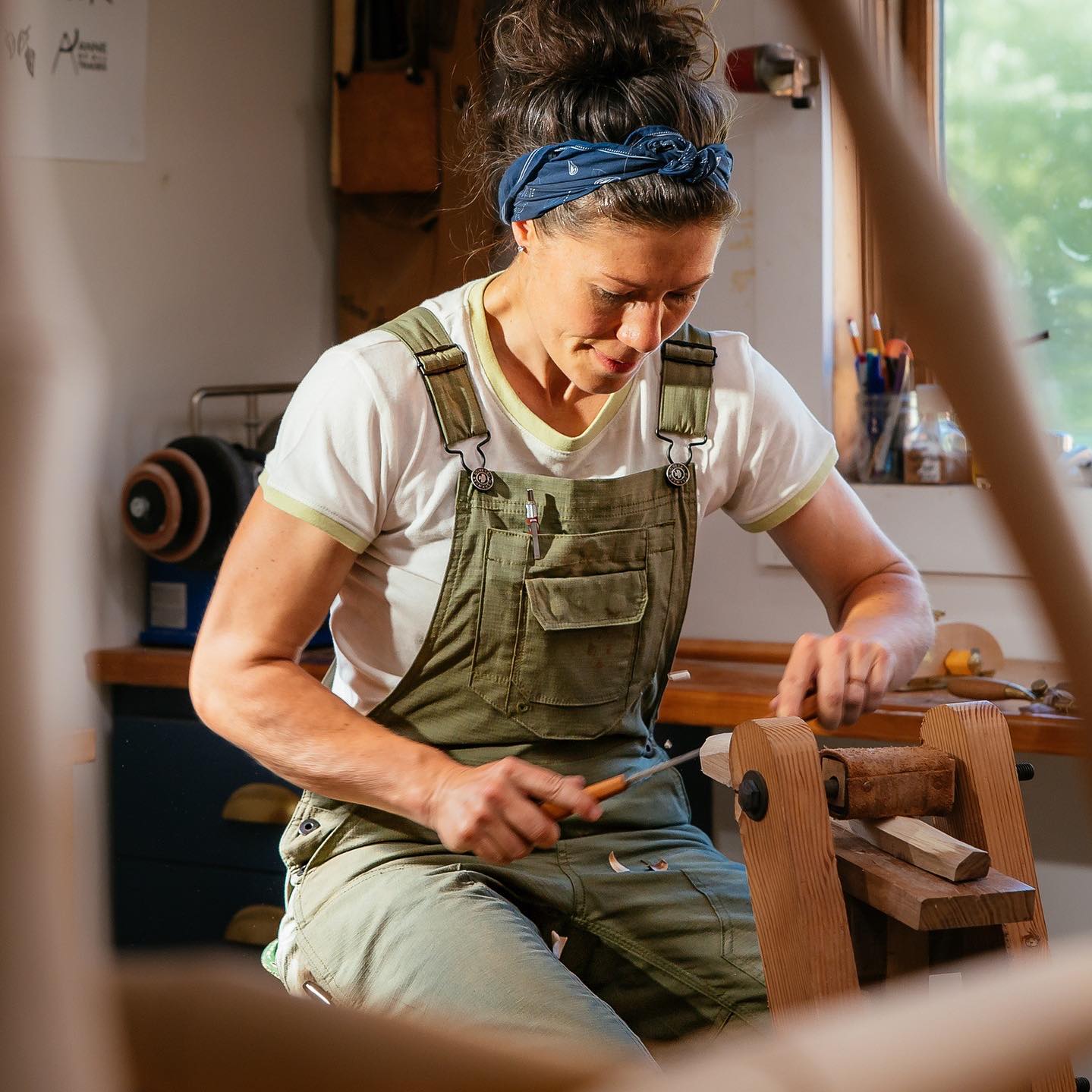
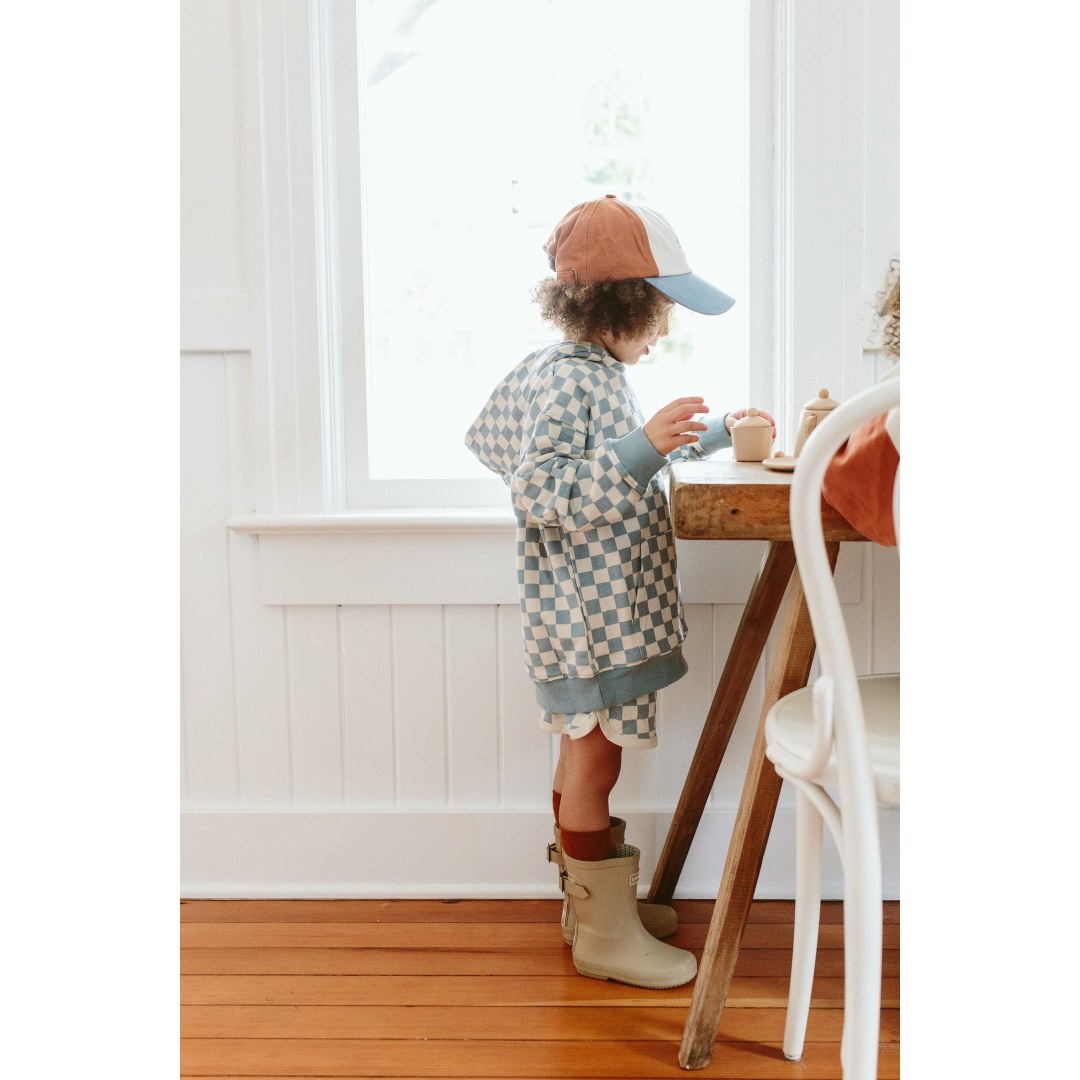
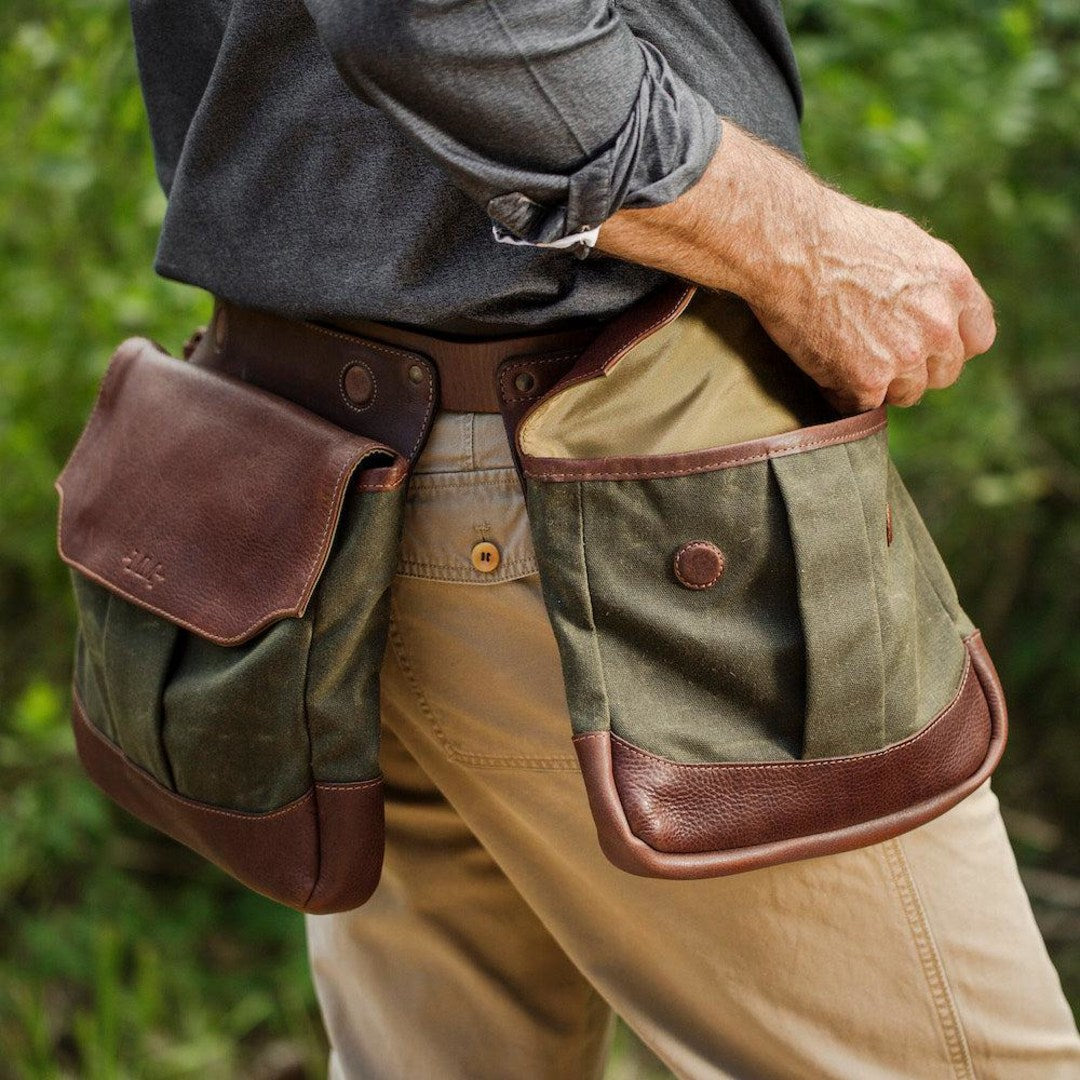
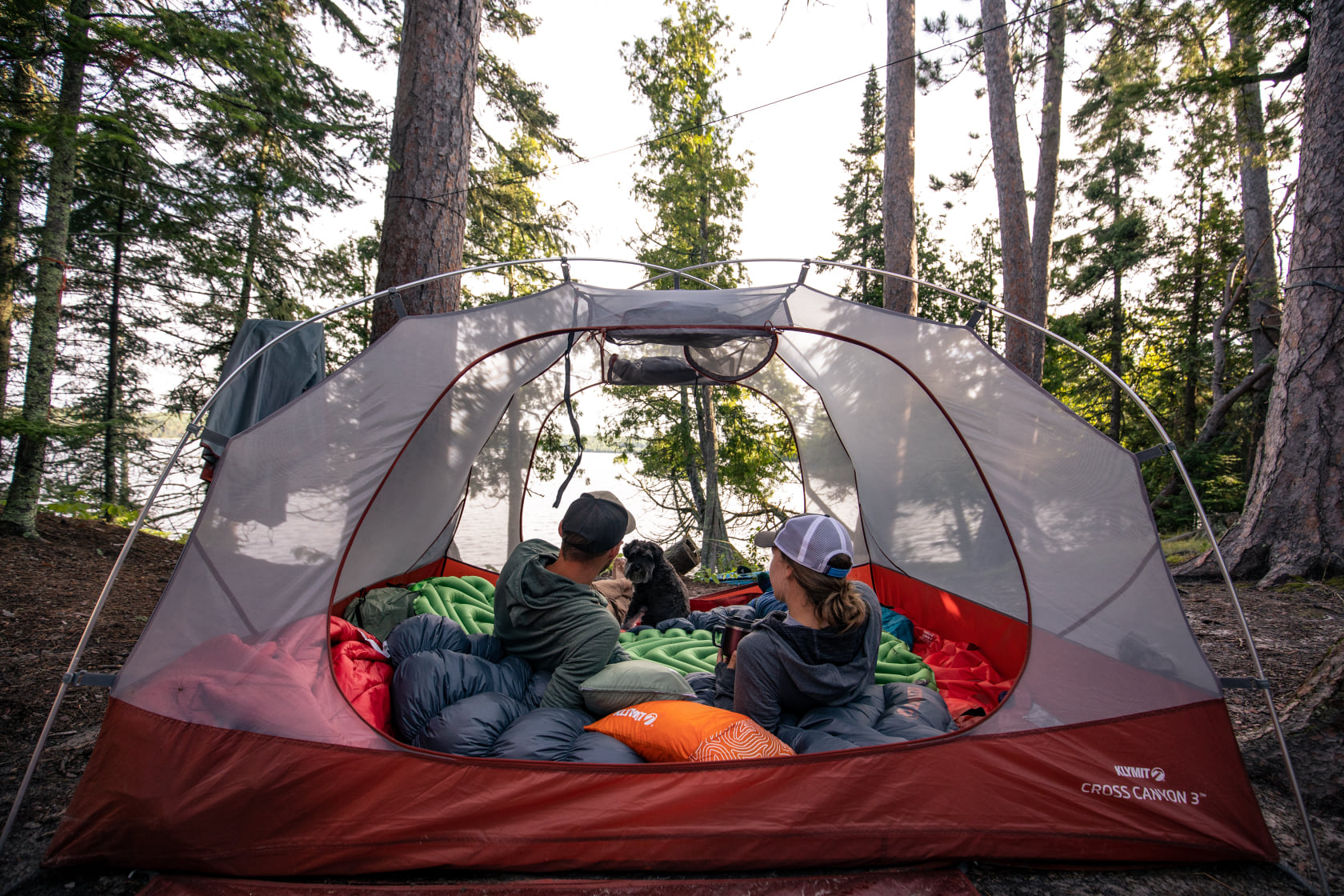
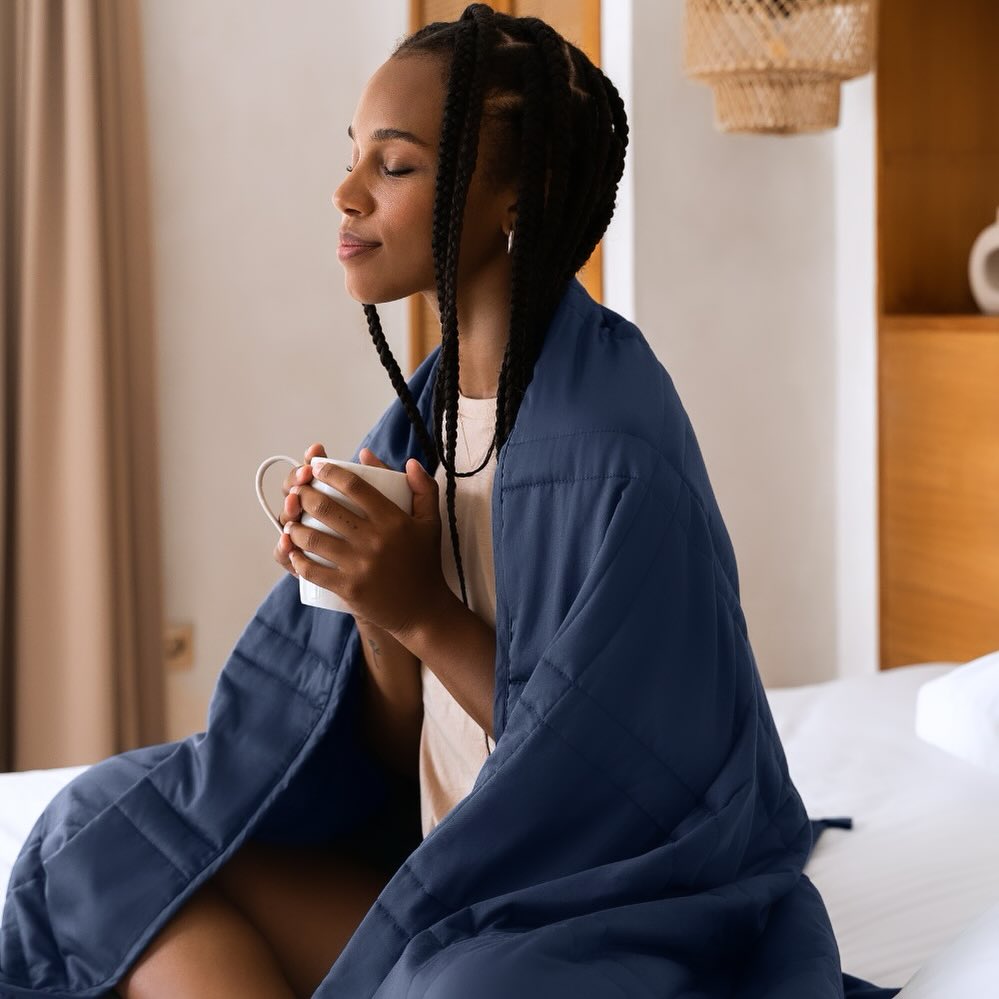
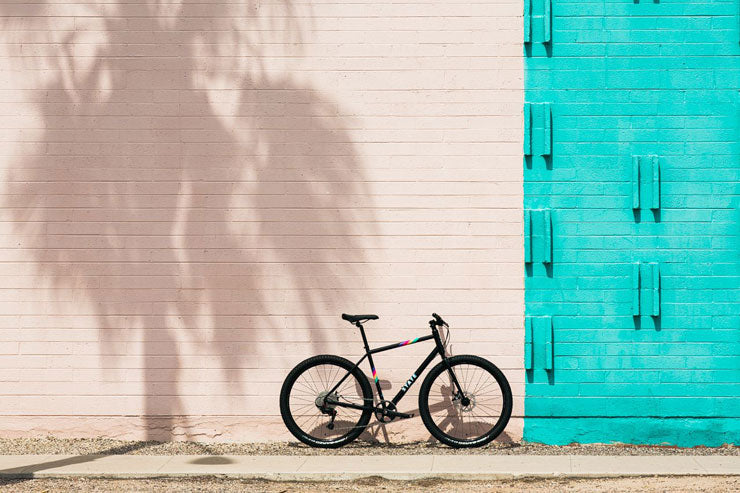


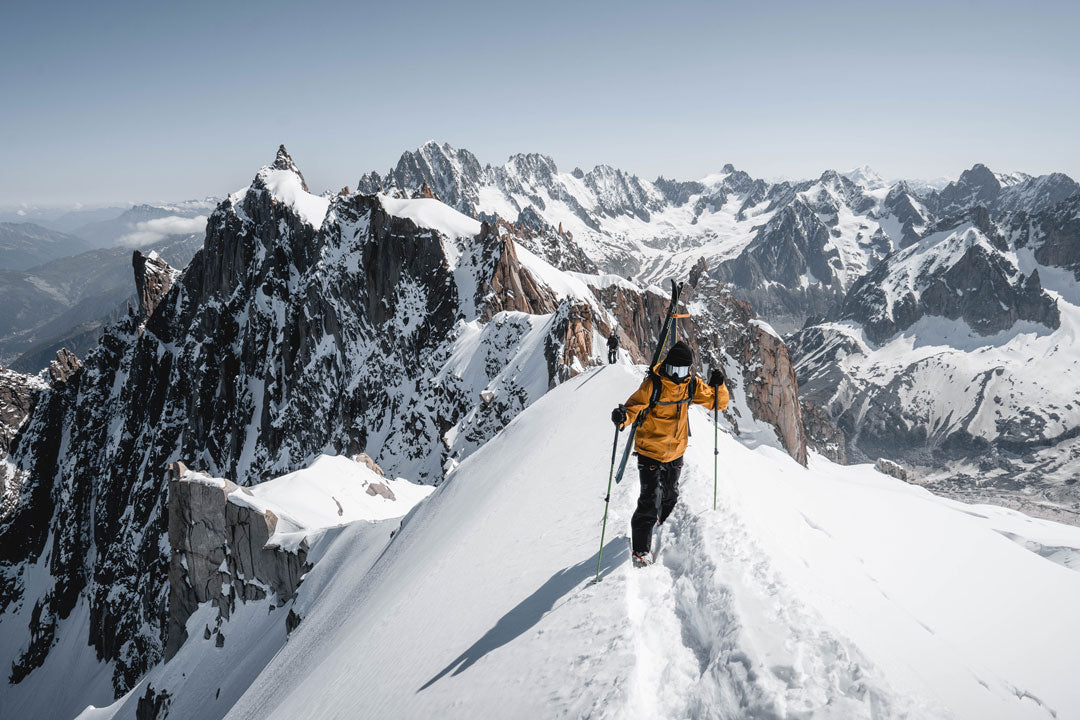
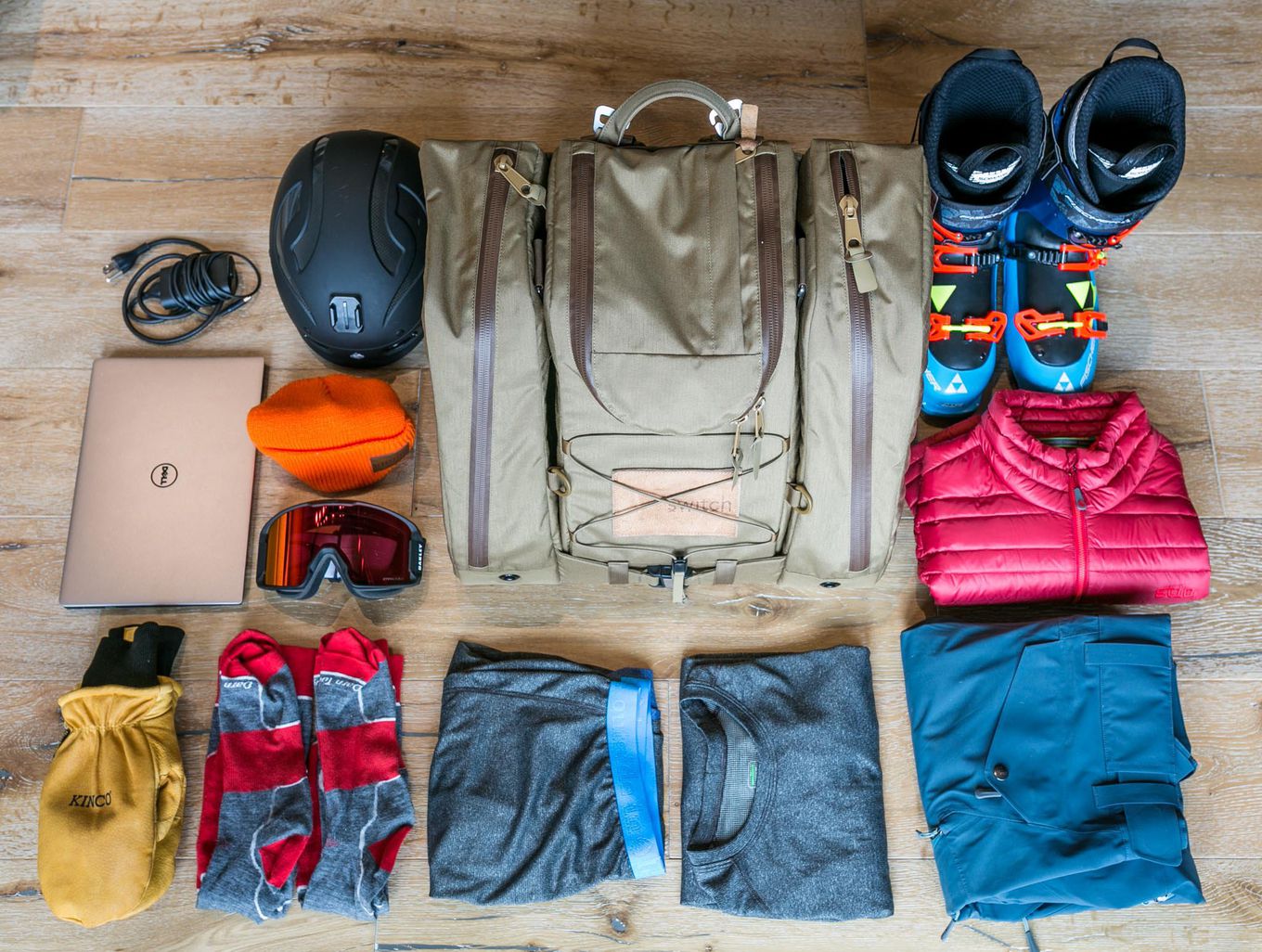
Leave a comment
This site is protected by hCaptcha and the hCaptcha Privacy Policy and Terms of Service apply.